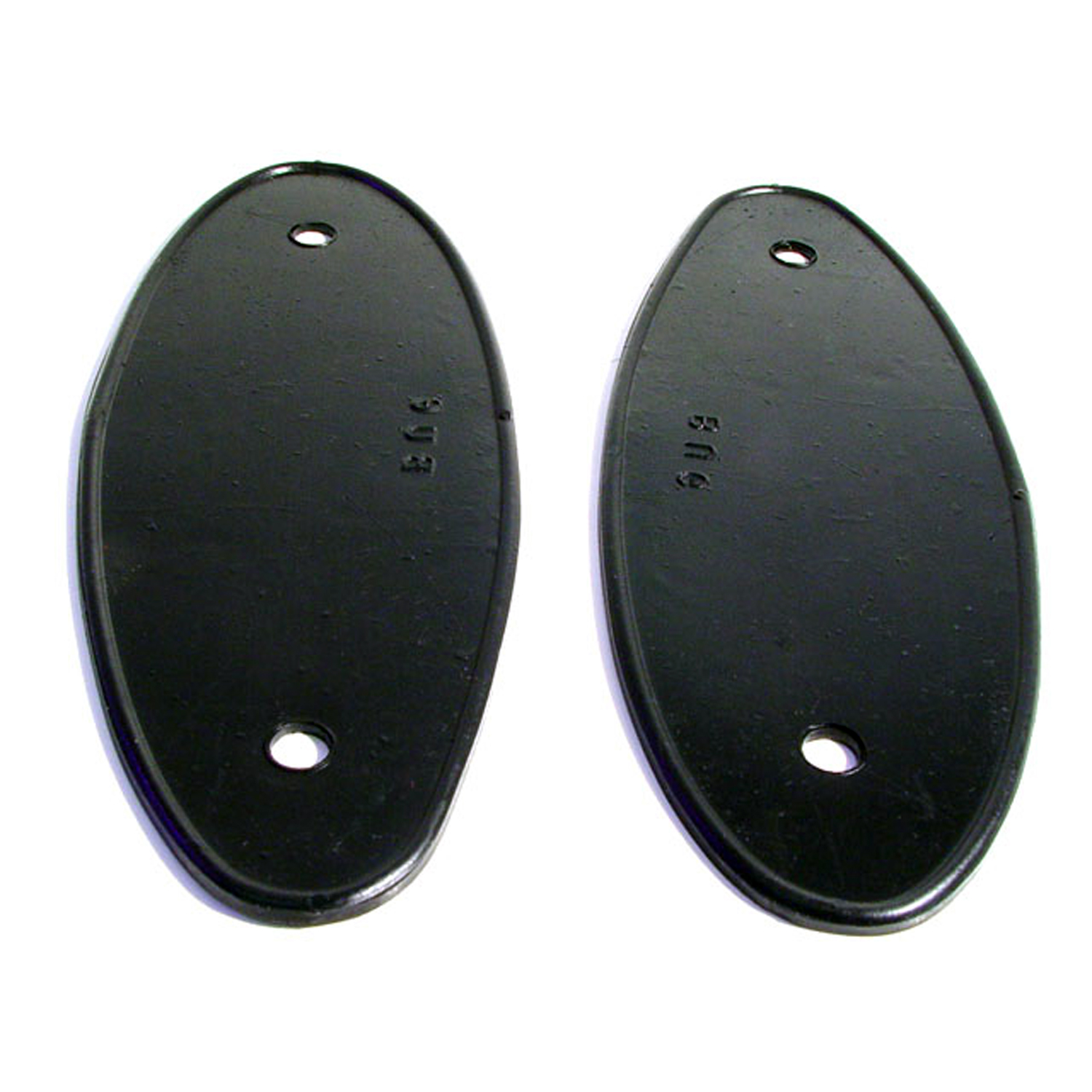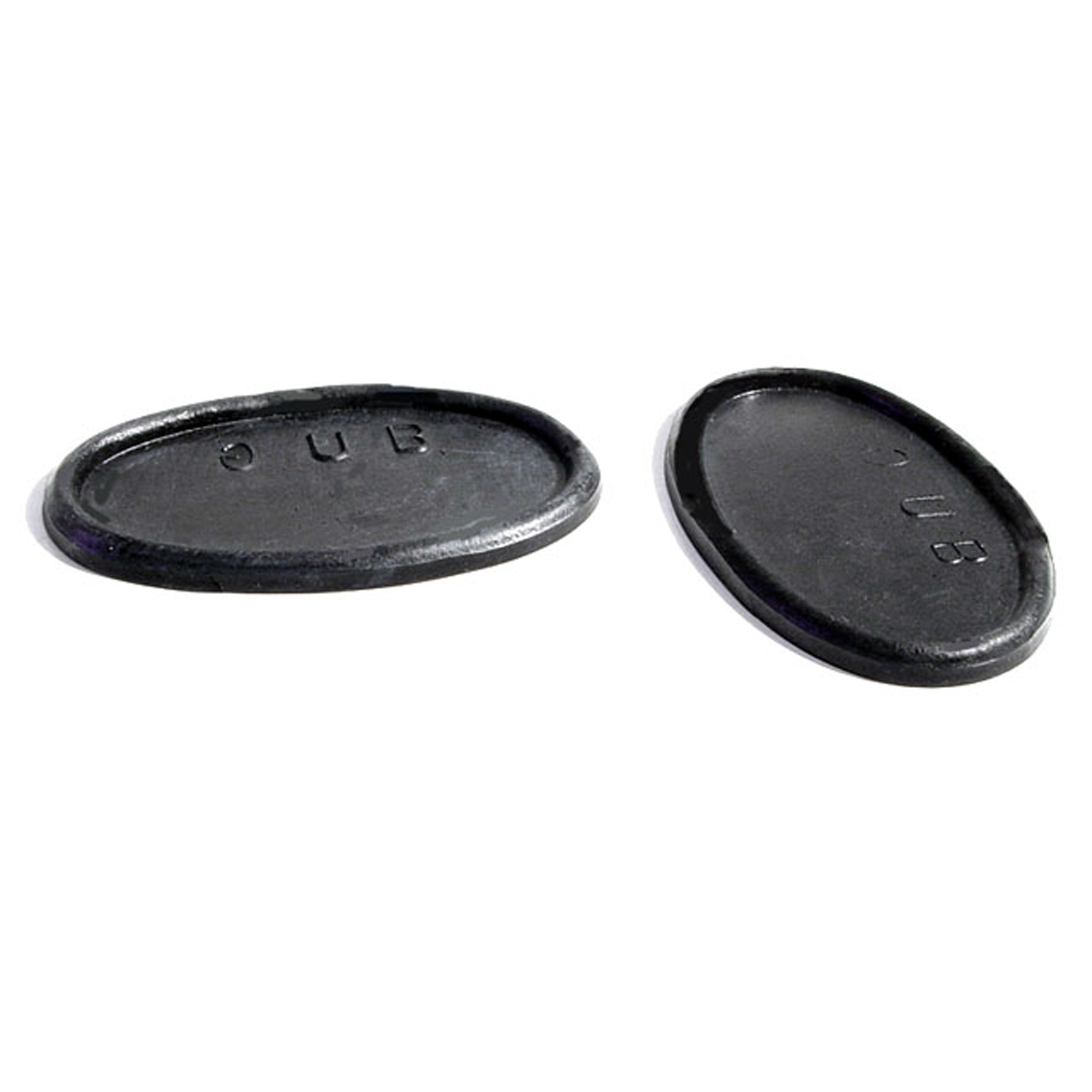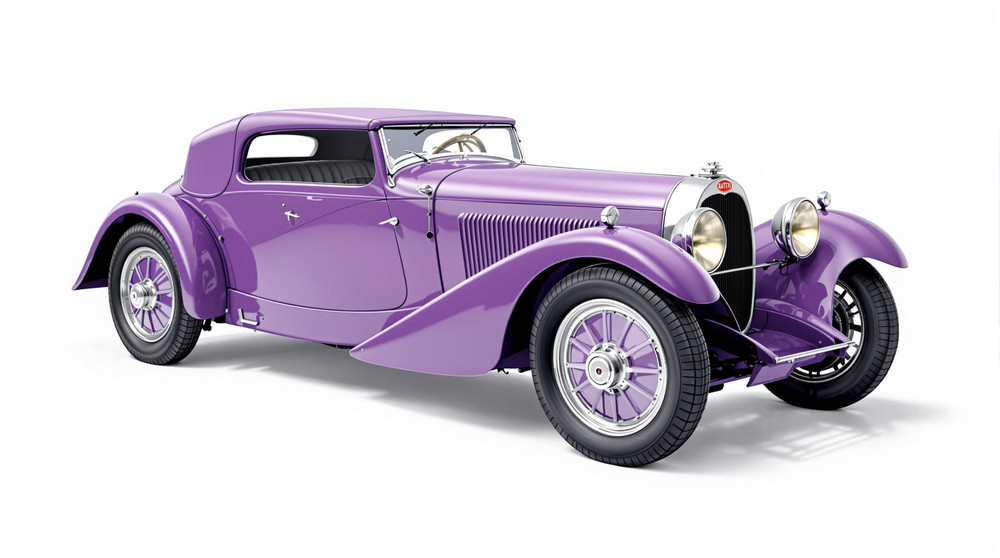Image of 1926 Bugatti Type 40/40a, Note: These illustrations use artistic license and may differ from actual historical models.
Performance Metrics
Fundamental Metrics
Emotional Appeal
MMP Rating
| Engine Specifications | |
|---|---|
| Engine: | 4-cylinder in-line |
| Displacement: | 1.5L |
| Horsepower: | Estimated 30-40 HP |
| Torque: | Not available |
| Compression Ratio: | Not available |
| Ignition System: | Coil ignition |
| Cooling System: | Water-cooled |
| Performance Specifications | |
| 0-60 Time: | Not available |
| 1/4 Mile Time: | Not available |
| Top Speed: | 75 mph |
| Transmission and Drive | |
| Drive Type: | Rear-wheel drive |
| Transmission Type: | 4-speed manual |
| Fuel and Efficiency | |
| Fuel System Type: | Carburetor |
| MPG: | Not available |
| Dimensions and Brakes | |
| Brakes: | Mechanical drum brakes |
| Wheelbase: | 2,800 mm |
| Weight: | 850 kg |
Note: Specifications for classic cars are given to the best of our ability, considering the limited and variant data available.
Unveiling the Quintessence of Roaring Twenties Engineering: The 1926 Bugatti Type 40/40a
The 1926 Bugatti Type 40/40a stands as a testament to the ingenuity and craftsmanship of its era, a rolling sculpture that embodies the spirit of innovation and luxury. Born from the genius of Ettore Bugatti, this vehicle emerged from the quaint town of Molsheim, France, where the Bugatti marque had been synonymous with automotive excellence since its inception in 1909. The Type 40/40a was not merely a mode of transportation; it was a statement of prestige and technological prowess during a time when the world was rapidly evolving.
The Type 40/40a's inception coincided with an age where automobiles began to transcend their utilitarian roots, becoming symbols of personal expression and freedom. This vehicle, in particular, garnered attention for being one of the more accessible Bugattis, bringing the brand's esteemed pedigree within reach of a broader audience. It is said that at one point, Jean Bugatti himself took a Type 40 on an arduous journey across the challenging terrain of the Sahara Desert, showcasing its reliability and endurance.
Design and Innovation: A Symphony of Form and Function
The exterior styling of the Type 40/40a was a harmonious blend of elegance and simplicity. Its body lines were taut and purposeful, with fenders that arched gracefully over slender wire-spoked wheels. The iconic horseshoe-shaped radiator grille, a signature element of Bugatti's design language, announced its prestigious lineage with understated confidence.
Inside, occupants were greeted by an interior that exuded classic charm. The cabin featured materials that spoke to both luxury and durability—leather seats that would patina over time, wooden dashboards with essential instrumentation, and metal accents that gleamed in the sunlight. Technological features for its time included cable-operated brakes and a four-speed manual gearbox—a nod to performance in an age where such advancements were not commonplace.
While color options for vehicles in the 1920s were often limited compared to today's standards, the Type 40/40a could be found in rich hues that complemented its sophisticated design. Popular choices included deep blues and elegant blacks that accentuated its sweeping lines.
The Type 40 was available in various body styles including roadsters and coupes, with the roadster being particularly popular for its open-air driving experience. It epitomized leisurely motoring for those who could afford such luxuries.
Historical Significance: A Legacy Cast in Aluminum and Steel
The Bugatti Type 40/40a played a pivotal role in democratizing performance-oriented vehicles. Its four-cylinder engine was derived from the legendary eight-cylinder powerplant found in the Type 35 racers but scaled down to make it more suitable for everyday use without sacrificing Bugatti's commitment to excellence. This approach allowed more enthusiasts to experience what made a Bugatti so special—the melding of artistry with mechanical precision.
Performance and Handling: The Heartbeat of an Era
Performance-wise, the Type 40/40a was no slouch for its day. Its engine produced around 40 horsepower enabling it to reach top speeds nearing 75 mph—a remarkable feat at a time when most roads were still unpaved. Acceleration figures are not as well-documented as modern vehicles', but it was known for brisk performance indicative of its racing heritage.
Handling characteristics were typical for cars of its era; solid axles suspended by leaf springs meant drivers needed skill to navigate rougher roads or high-speed corners. Yet those who mastered it spoke of an engaging drive where every input connected them directly to the heart of the machine—the rhythmic thrumming of its engine providing an acoustic backdrop to adventures on open roads.
Ownership Experience: Beyond Sunday Drives
While some owners used their Type 40/40as as daily drivers or weekend joyrides, others entered them into competitions or showcased them at concours events. Maintenance required mechanical savvy or access to specialized knowledge due to their bespoke nature; however, their robust construction meant reliability wasn't just a hope—it was an expectation.
Fun Facts: From Sahara Sands to Silver Screens
Beyond Jean Bugatti's Saharan exploit, these vehicles have been cherished by collectors worldwide—occasionally surfacing in prestigious auctions or gracing cinematic features with their presence. Criticisms were few but often pointed towards their less powerful engines compared to some contemporaries; yet those who understood Bugatti knew it was about more than raw power—it was about balance and finesse.
Collector's Information: A Blue-Chip Investment?
Today, estimating how many Type 40/40as remain is challenging; however, production numbers suggest fewer than 1,000 units were built. As with many pre-war classics, values can vary widely based on provenance and condition but generally range from several hundred thousand dollars into seven-figure territory for pristine examples or those with significant history.
Conclusion: An Enduring Tribute to Automotive Artistry
In summary, the 1926 Bugatti Type 40/40a is more than just an antique car; it is a piece of history—a mechanical canvas showcasing what was possible when passion guided engineering. Its legacy endures not only in preserved examples but also in the principles it championed: innovation, elegance, and performance all wrapped into one timeless package.
1926 Bugatti Type 40/40a Catalog of Parts
 1926 Bugatti TYPE 40/40A Headlight Pads. 3" wide X 8-1/8" long. Pair-MP 337-AHeadlight Pads. 3" wide X 8-1/8" long. Pair
1926 Bugatti TYPE 40/40A Headlight Pads. 3" wide X 8-1/8" long. Pair-MP 337-AHeadlight Pads. 3" wide X 8-1/8" long. Pair 1926 Bugatti TYPE 40/40A Door Handle Pads. 1-3/8" wide X 2-1/4" long. Pair-MP 337-BDoor Handle Pads. 1-3/8" wide X 2-1/4" long. Pair
1926 Bugatti TYPE 40/40A Door Handle Pads. 1-3/8" wide X 2-1/4" long. Pair-MP 337-BDoor Handle Pads. 1-3/8" wide X 2-1/4" long. PairWhy Choose Metro?
For over 100 years, Metro Moulded Parts has been the pinnacle of quality in classic car restoration parts. Our commitment to precision and authenticity in every component ensures a perfect fit and an OEM-level appearance.
- Expert Craftsmanship & Quality: Each part is a testament to our dedication to reliability and perfection, crafted from original designs and thoroughly tested.
- Advanced Technology: We use cutting-edge techniques to create flawless, long-lasting parts that surpass others in performance.
- SuperSoft Sponge – The Ultimate Door Seal: Not only are our door seals 30% softer than competitors', but they're also guaranteed to never leak. They effectively reduce wind and road noise, enhancing your classic car's comfort and driving experience.
- Proudly American: Our parts are a product of American craftsmanship, made in the USA with a spirit of excellence and heritage.
- Unrivaled Warranty: We back our products with a 30-year industry-leading warranty, a testament to our confidence in their quality.
Join us in preserving the legacy of classic cars with parts that are crafted for perfection, not just made.

